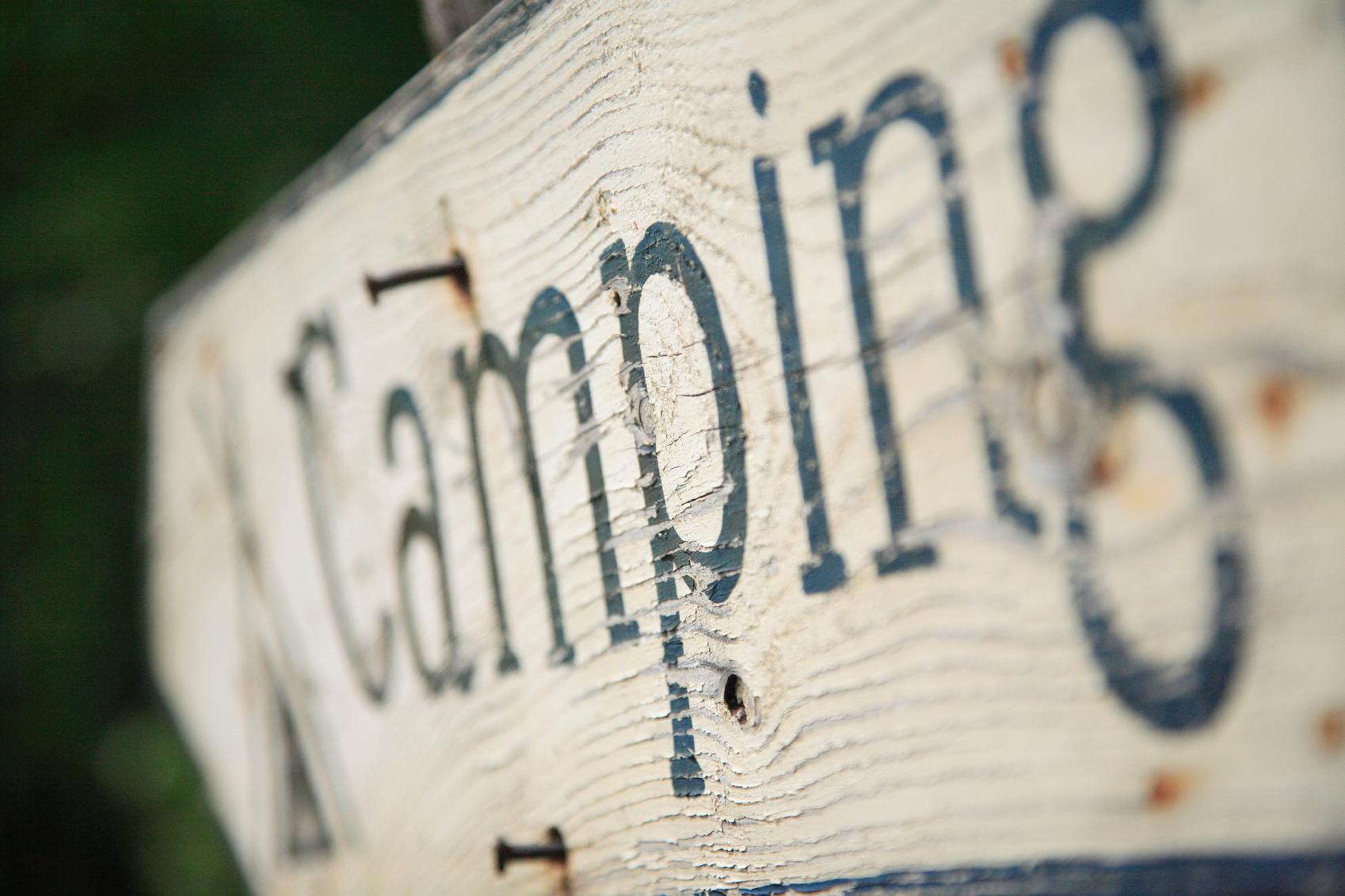A little bit of knowledge...
You're where???

We often have people staying on site who want to know a little bit more about the area, so we thought we'd help out with a few blog's on the local area, it's history and points of interest. As Ferry View is in Gills, just a stone's throw from Gills Bay and the ferry to Orkney, I thought we'd start nice and close to home with a bit about Gills and Gills Bay, along with the harbour.
Gills takes it's name from Gills Bay, and is a small village laying on the edge of the Pentland Firth (one of the world's wildest seaways in winter). In the 1882-4 "Ordnance Gazetteer of Scotland" Fraces Groome describes Gills as "..., a village and a bay in Canisbay Parish, Caithness. The village stands at the head of the bay, 1 1/2 miles W of the parish church, and 15 3/4 miles E by N of Thurso. The bay has a triangular outline, measuring 3 miles across the entrance, and 7 furlongs thence to its inmost recess. It is sheltered by Stroma island, but lies open to the NE and the NNW, and has a beach of flat rocks and shingles...". The Bay has been at the centre of the village for many years, so it seems like the obvious place to start.
Gills Bay would have provided shelter for vessels from the earliest time. It's natural geography lends itself beautifully as a landing and shelter point for vessels, and this use has continued to today. It's history of commercial use began, as far as we know, in the early 18th century (around 1724) with the trade in soda ash. This lasted almost 100 years and employed around 50 people. At the time, soda ash was used in the creation of liquid chemicals, in making fast dyes and in the production of soap for cleaning raw wool prior to weaving and spinning. It was also crucial in the manufacture of mass produced glass.
The seaweed or kelp was harvested by the women using adapted sickles - this sometimes meant the women standing in the icy cold water of the Firth in all weathers. Once harvested, the seaweed or kelp was air dried before being finally molten in peat fired kilns. The men would head to the moors to the south of Gills and cut the peat, let it dry and then transport it to the kilns, near the bay.
After being fired in the kilns, the kelp was cooled to produce solid blocks of alkaline soda ash which could be broken into smaller pieces.
Following the end of the Napoleonic Wars, Spanish "Barilla", the ash residue from the glasswort plant, became readily available again, which produce a purer soda ash than that produced here.
For around 100 years, from the late 18th century, any commercial or company owned windjammer (similar to the above picture) had to be piloted through the Pentland Firth by highly skilled local seaman' The seaways reputation as one of the wildest in the world in winter meant that insurers would not cover vessels if they were not piloted by the highly skilled local seamen.
This opportunity provided income for the local seamen, whilst also opening up the free flow of goods through, what had been, a bottleneck for international trade routes.
In October 1817, the first powered ship crossing the Pentland Firth arrived. By the 1870's, steam powered vessels were a common sight in the Firth.
In 1905, a 150 yd (136m) long Gills Bay Pier was built, costing around £1.2 million in today's money. The funds were raised by The Congested Districts Board, Caithness County Council and the local community. This was the first stage of a 2 part plan. The second stage was due to start in 1914, enabling deeper water access, but was delayed due to the Great War - postponing it for some 80 years!
On the 3rd May 2001, Pentland Ferries Ltd. started their scheduled passenger and freight service from Gills Bay. The service is now (by far) the most commercially successful Scottish mainland to offshore island group ferry sea link. Pentland Ferries Ltd. has employed local people continuously since 1999, with only specialist tasks or supply of components being sub-contracted. 2008 saw the introduction of the purpose built catamaran the "Pentalina", and 2019 brought the MV Alfred, helping Pentland Ferries Ltd to be the first UK ferry operator to achieve a Green Tourism Award.
Gills Bay and the harbour remains central to the local population, as well as providing a service for those visiting the area who want to explore further afield, but who would have thought the harbour had been so integral to local lives for so many years. Just think, next time you see the ferry approach, that it's following in the wake of many who have gone before.
References:
GB Historical GIS / University of Portsmouth, History of Gills, in Highland and Caithness | Map and description, A Vision of Britain through Time.
URL: http://www.visionofbritain.org.uk/place/22129
Date accessed: 27th October 2020
Gills Harbour Ltd.
URL: http://gillsharbourltd.co.uk/gills-bay-timeline-the-notable-years
Date Accessed: 27th October 2020
Pentland Ferries
URL : https://pentlandferries.co.uk/green-page/
Date Accessed: 28th October 2020













